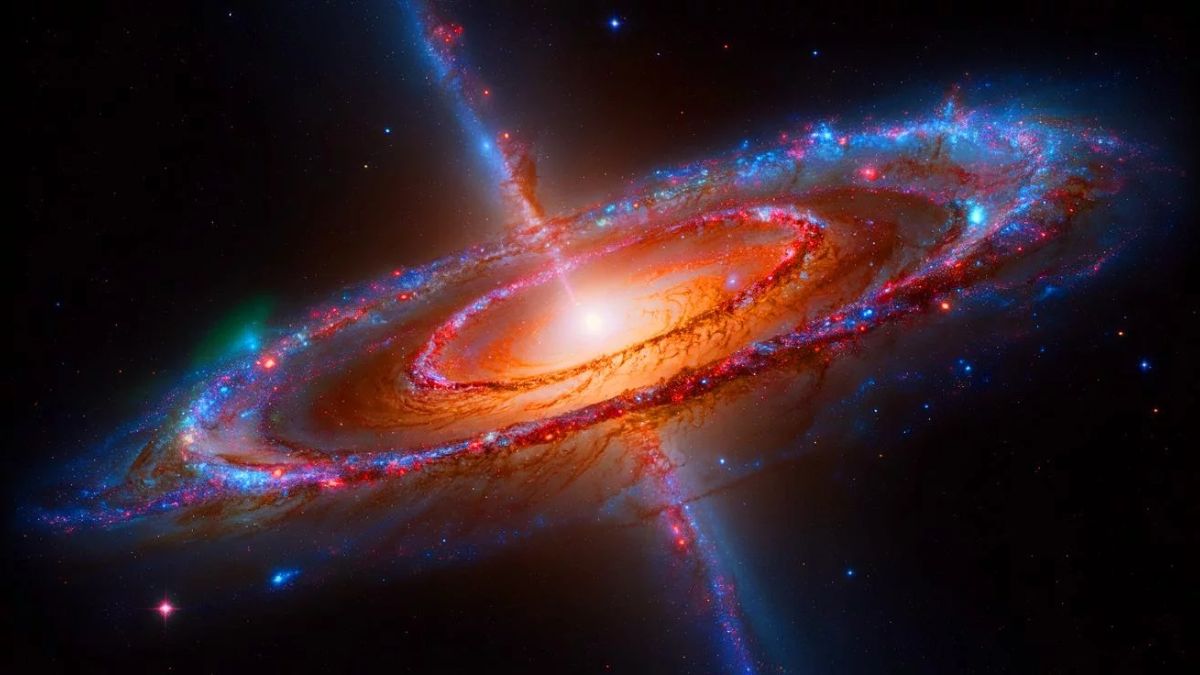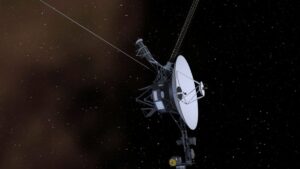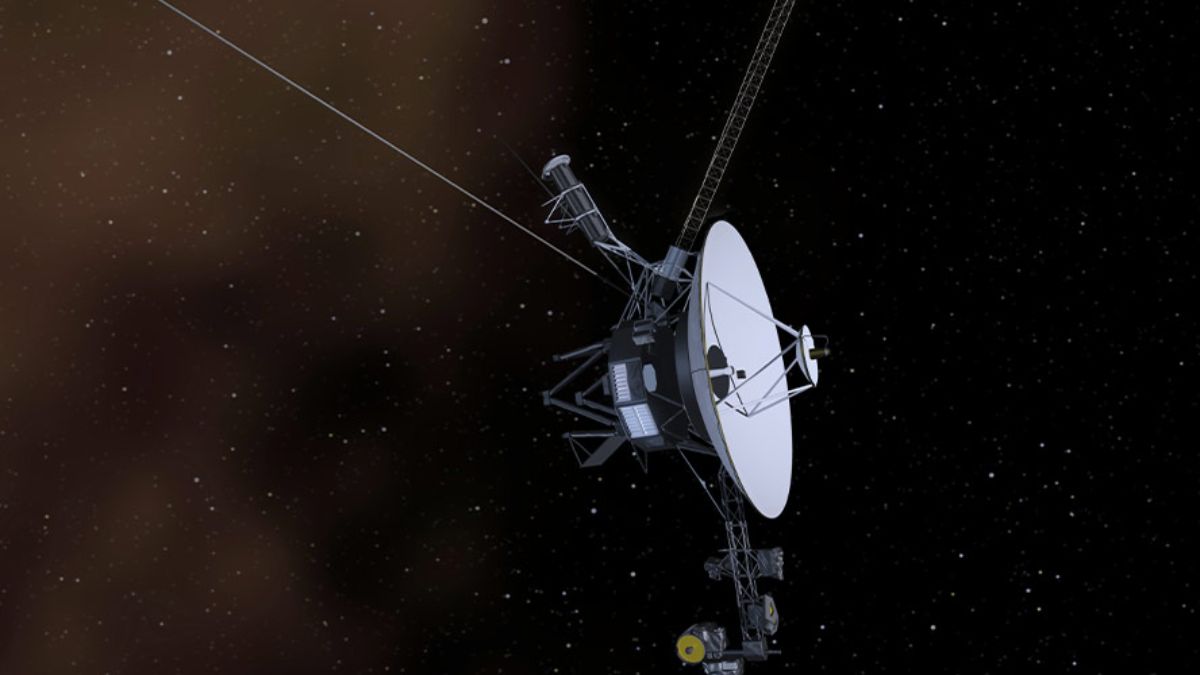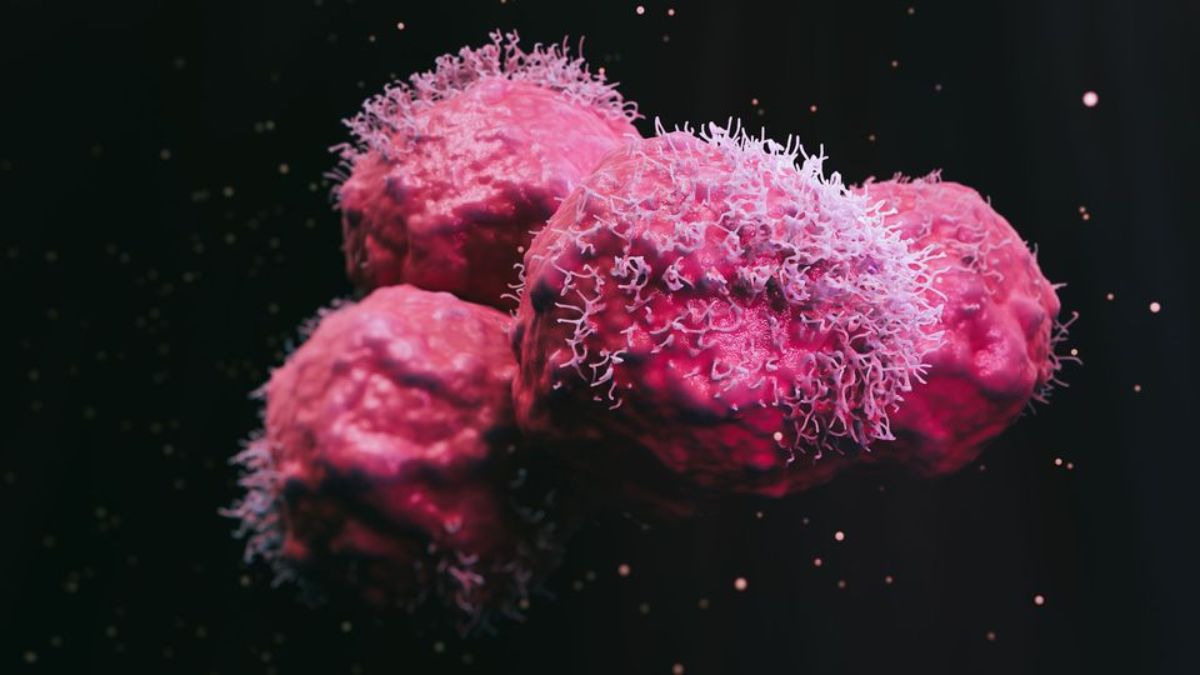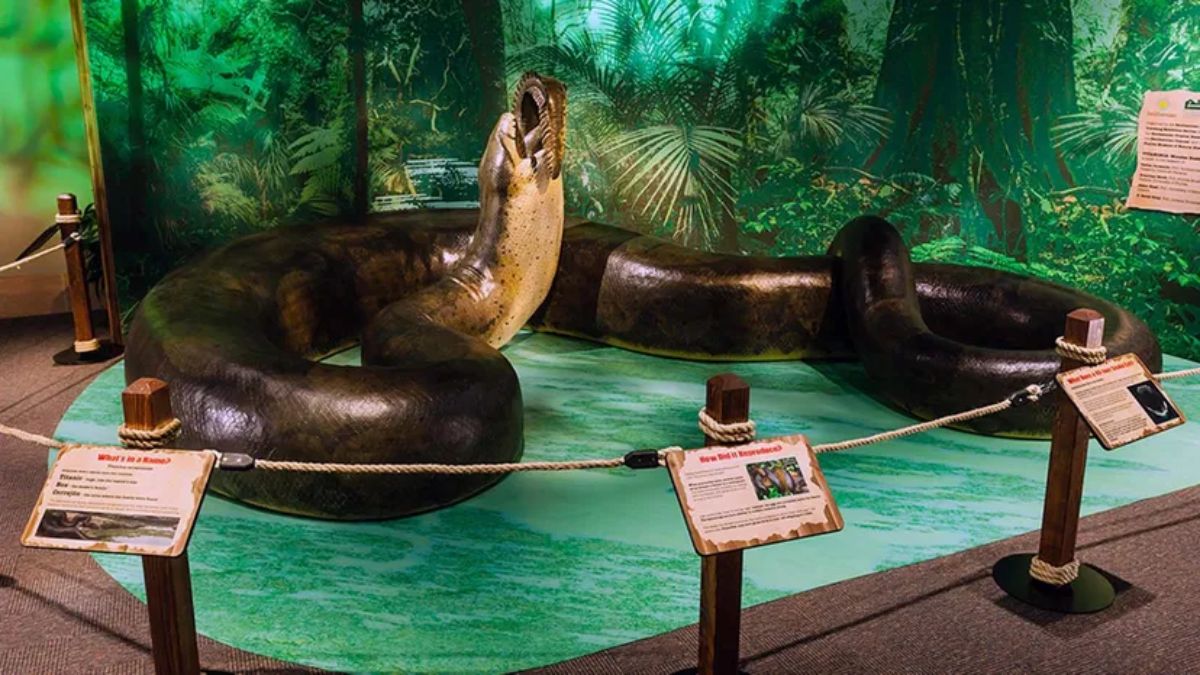NASA has just witnessed something absolutely mind-blowing—a star being torn apart by a supermassive black hole in a distant galaxy. Thanks to advanced space telescopes like Hubble, astronomers have captured this rare cosmic event, which could offer key clues about the mysterious behavior of black holes and the galaxies they live in.
Table of Contents
It might sound like a scene from a sci-fi movie, but this is real. Let’s break down what happened, how NASA detected it, and why this discovery is so important for understanding the universe.
Blackholes
Let’s start with the basics—what even is a black hole?
Black holes are one of the universe’s most mysterious and powerful forces. They have such intense gravity that nothing can escape—not even light. That’s why we can’t really “see” them in the traditional sense. But when they interact with other matter, they give off signals that astronomers can detect.
They’re not just space monsters, though. Black holes play a major role in shaping galaxies, guiding the movement of nearby stars, and sometimes even producing energy jets that travel millions of light-years.
Now, supermassive black holes? They’re the kings of the cosmic jungle. These giants sit at the center of most galaxies and weigh millions or even billions of times more than our Sun.
Discovery
So, what did NASA find?
Astronomers noticed something strange—a bright ultraviolet light coming not from the center of a galaxy, but from far off to the side. That’s not where supermassive black holes usually hang out. Curious, NASA pointed its telescopes toward the source, and what they discovered was shocking: a massive black hole ripping a star to pieces.
This wasn’t just any black hole. It was a supermassive one, lurking far away from where it should be. That in itself makes this event incredibly rare.
Stars
When a star gets too close to a black hole, things go bad quickly. The black hole starts pulling on the star with enormous force, stretching it out like spaghetti, then tearing it into tiny pieces. This process has a name—Tidal Disruption Event, or TDE.
Let’s make it simple:
- Tidal: Gravity stretches the star.
- Disruption: The star is destroyed.
When this happens, the energy released is so massive that it can be detected from Earth, even if it’s happening billions of light-years away.
Movement
Here’s what really shocked the scientists: this supermassive black hole wasn’t where it was supposed to be.
So how did it end up outside the galaxy’s center?
There are two main theories:
- Galactic Mergers
When two galaxies collide, their black holes can merge. But in some cases, one black hole gets shoved to the side or flung to the galaxy’s edge—kind of like musical chairs in space. - Multiple Black Hole Interaction
If there are three or more black holes in close range, their gravity can clash, pushing one out of the center entirely.
This event might be the result of one of these situations. Either way, it’s a very rare cosmic event, and now NASA has it on record.
Telescopes
Since black holes don’t emit light, scientists rely on space telescopes to detect the energy around them. NASA used several powerful instruments to make this discovery:
| Telescope | Main Role |
|---|---|
| Zwicky Transient Facility | Watches the sky for new lights or sudden explosions |
| Hubble Space Telescope | Captures high-resolution images beyond Earth’s atmosphere |
| James Webb Space Telescope | Sees heat and light invisible to other telescopes |
Each of these tools helped piece together the mystery, from spotting the bright flash to understanding what caused it.
Impact
So, should we be worried?
Not at all. There’s no black hole heading toward Earth. But this event does help scientists understand more about how black holes behave. Many of them are so silent and invisible that they’re nearly impossible to detect. This discovery made the invisible visible—at least for a moment.
It’s a big win for space science. Now astronomers can better study how black holes move, how galaxies evolve, and how stars meet their dramatic end.
Connection
Even if this seems far away, it matters to us. Everything in space is connected. What we learn about black holes today could help us protect satellites, improve technology, and even understand our own place in the universe.
NASA’s discovery reminds us that the universe is full of secrets waiting to be uncovered—and some of them are more dramatic than anything we could imagine.
FAQs
What did NASA discover?
A star being destroyed by a supermassive black hole.
What is a Tidal Disruption Event?
When a black hole tears a star into pieces.
Can black holes leave galaxy centers?
Yes, through galactic collisions or gravitational pushes.
How was the event detected?
Using Hubble, Webb, and Zwicky telescopes.
Is Earth in danger?
No, the event happened far from our galaxy.

